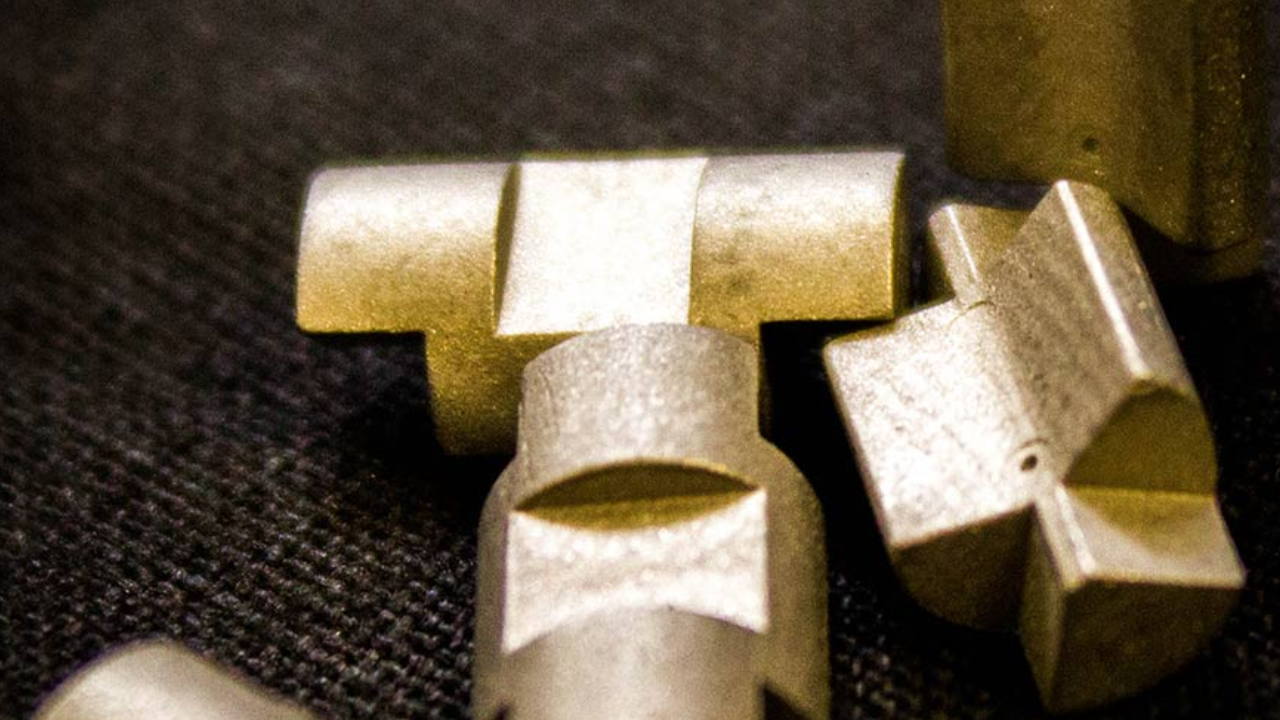The maximum broadly used production method for plastic components is injection molding. The method can, but, be modified to provide metal portions properly. The usage of steel powder and a binder, steel injection molding (MIM) produces particular, reproducible metallic portions in massive quantities which are best for mass production in an expansion of sectors.
Granulation, debinding, and sintering are the most effective extra methods wished. MIM excels at producing small to medium-sized metallic additives with complicated geometries, close tolerances, and fantastic surface finishes metal injection molding (MIM) is a present-day manufacturing approach that creates complicated, excessive-precision metal components by combining the plastic injection molding system.
How Does MIM Stack Up Against Other Manufacturing Processes?
The manufacturing of excessive-extent, complicated metallic additives in net shapes small enough to be healthy inside the palm of your hand is an herbal healthy for metal injection molding. Each normal alloy and special alloy created for specific programs can be used with the use of MIM. Additives can be produced more cost-effectively through the usage of unique manufacturing methods including press-sintering, turning, and stamping for easy geometries.
MIM, but, is the most low-budget desire whilst compared to high quantity machining of complex geometries or programs that need excessive mechanical characteristics. MIM is also well-placed to fabricate micro-sized additives weighing much less than 1 gram in mass, in which different production processes struggle. That is due to the fact injection molding machines have processing talents.
Use of Metal Injection Molding (MIM) In Microelectronics
MIM may be used to make complicated additives like warmth sinks, heat spreaders, and other thermal management devices within the context of microelectronics and thermal management.
Right here is a thorough rationalization of the metallic Injection Molding technique in terms of microelectronic thermal control substances:
Material Selection:
The selection of the right metal or metal alloy for the thermal control thing is the first step within the MIM technique. Microelectronics often use copper, aluminum, and unique alloys because of as their superior thermal conductivity. The choice of material is motivated by using elements such as heat conductivity, charge, and suitability for a given digital software.
Feedstock Preparation
A feedstock combination is made by mixing metallic particles with a thermoplastic binder. The technique used to prepare this feedstock is vital since it affects the element’s flowability, electricity, and different final properties. Excessive thermal conductivity is the main purpose in terms of thermal management substances.
Injection Molding:
The geared-up feedstock is pumped right into a mold cavity that has been particularly created. This mold is made primarily based on the geometry and intricacy of the completed item. The injection molding process enables the advent of problematic, 3-D shapes, much like plastic injection molding.
Debinding:
The portions go through a debinding system after molding. Debinding involves eliminating the binder substance from the green sections, leaving a porous, brittle structure behind. To avoid oxidation and decrease flaws in the finished factor, this section is frequently finished with the aid of carefully controlling the heating system in an inert environment.
Sintering:
The rebound components are in the end put through sintering. The green additives are heated to excessive temperatures in managed surroundings for the duration of sintering, fusing the metallic debris together. As a result, the factor turns into denser, loses porosity, and develops its final mechanical and thermal features.
Post-processing:
Additional up-processing actions can be required depending on the right specs of the thermal control issue. To acquire the favored thermal overall performance and aesthetics, this can consist of machining, surface polishing, plating, or coating.
Quality Control:
For the duration of the MIM manner, strict first-class management methods are installed vicinity to guarantee that the finished elements adhere to the best requirements. Dimensional checks, cloth exams, and thermal overall performance exams are all part of this process to make certain the part can efficaciously expend warmth.
Integration into Microelectronics:
The thermal management additives are prepared for incorporation into microelectronic gadgets once they are well fabricated. Microprocessors and different heat-generating additives, for example, can be equipped with heat sinks to help with green heat dissipation.
Conclusion
Average, metal injection molding is a numerous and accurate manufacturing process that may be used to make complicated thermal control additives with exquisite thermal conductivity for microelectronics. A tiny electronic device desires terrific performance. Thermal dissipation solutions, it is mainly useful.
